ECONOMY
As blame game begins amid historic high auto fuel rates, the consumers and economy continue to suffer.
- Shrivatsa Joshi
- Feb 23, 2021
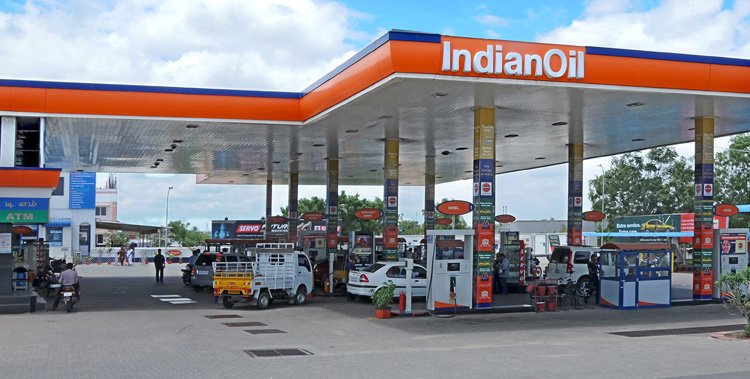
In mid-February, Sri Ganganagar shot into the limelight for all the wrong reasons. The price of petrol crossed the psychological barrier of Rs 100 per litre in the headquarters of the northern-most district of Rajasthan by the same name.
Soon, many more cities and towns in Rajasthan, Madhya Pradesh and Maharashtra witnessed the vital fuel breaching the century mark – something that has happened for the first time ever in India.
Meanwhile, most parts of India saw petrol as well as diesel retailing near the Rs 100 mark, burning a big hole in the pockets of many Indians who are staring at a bleak future after COVID-19 disruption.
Auto fuel prices have surged to a record high in recent months, tracking the rise in global crude oil prices of over $63 per barrel. The government has urged the oil producers’ cartel – the Organisation of the Petroleum Exporting Countries (OPEC) – as well as its allies, such as Russia, to ease production cuts as fuel prices go through the roof.
“We witnessed the largest oil supply cut in history to match the massive global demand destruction ever. It is in this spirit that I am appealing for easing of production cuts by key oil exporting countries,” said Petroleum Minister Dharmendra Pradhan recently, requesting OPEC and OPEC-Plus groups.
Speaking on the issue in Tamil Nadu, Prime Minister Narendra Modi said recently: “I don’t want to criticise anyone, but I want to say that had past governments focused on cutting down our dependence on oil imports, our middle class would not have been burdened.” As petrol and diesel prices surged, a blame game began between the ruling and the opposition parties, with the latter blaming the Central government and the former blaming the Opposition-ruled State governments for taxing heavily and driving up the prices.
Crude shock
There is, in the meanwhile, no let-up in rising crude oil prices. Brent and West Texas Intermediate (WTI), the two major crude oil benchmarks, have been hovering past $60 per barrel in the past few days. In fact, the Brent crude oil has crossed $63 per barrel, gaining by over 24 per cent so far in 2021 from around $40 in October 2020.
The price of Indian Crude Oil Basket – which is a weighted average price of Dubai and Oman (sour) and Brent Crude (sweet) – has also been upswing in the past few months. According to data from the Union Ministry of Petroleum, the Indian Crude Oil Basket rose by more than 50 per cent from an average of $40 per barrel in October 2020 to over $60 per barrel in February 2021. No wonder, pump prices of petrol and diesel have been hitting sky high across the country.
Low output by oil-producing countries in West Asia has been a major factor behind the sharp spike in crude oil prices in the international markets. OPEC and OPEC-Plus, which had cut production a few months ago, were contemplating easing production cuts. But then suddenly in early this January, top oil explorer Saudi Arabia voluntarily cut output by 1 million barrels per day in February and March. This has led to crude oil prices climbing to the most since the pandemic broke out.
Amid the production cut, a gradual return to normal life across the world has triggered a demand for oil and pushed up its prices. Hopes of a strong rebound in the global economy with COVID-19 vaccination across countries have further fuelled oil prices. Besides, expectations of an announcement of a bumper stimulus package in the US are also heating up the crude oil market.
In tune with global prices, State-owned fuel
retailers – Indian Oil Corporation (IOCL), Bharat Petroleum Corporation (BPCL)
and Hindustan Petroleum Corporation (HPCL) – had on January 6 this year,
resumed daily price revision after nearly a month-long hiatus. Since then,
rates have gone up almost every week. Besides, these oil companies have
resorted to daily upward revision of petrol and diesel prices consecutively for
the past many days, pushing up pump prices of petrol past Rs 100 across many
towns.
Even as crude oil prices surge globally, a major villain of the piece in India is the exorbitant taxes on auto fuels. The past one year has particularly seen taxes mounting exponentially so much so that the taxes – both Central and State – account for about 60 per cent of the pump prices of auto fuels in India.
The Central government levies the Central Excise Duty on auto fuels. In fact, the Central Excise Duty has been complicated over the years, with various components, such as the Basic Excise Duty (BED) and the Special Additional Excise Duty (SAED). Over and above these levies are the Road and Infrastructure Cess and the Agriculture Infrastructure and Development Cess (AIDC).
The AIDC, which was imposed in the recent Union Budget, has, in fact, been accommodated into the levies by slashing BED and SAED proportionally so that there is no impact of the cess on consumers. Interestingly, the Centre has largely been relying on cesses in recent years – be it the agriculture cess or the road cess that was widened to include infrastructure projects.
The Centre has been justifying about imposing cesses by pointing out that those levies would ultimately be utilised for the specific purposes that they are imposed. However, there is another reason for the Union government’s preference for cesses. The entire proceeds of cesses go to the Centre unlike in the case of taxes. The taxes form a part of the divisible pool of Central taxes and are shared with the States as prescribed by the Finance Commission. This way, the States lose out on revenue from cesses.
Retail prices of fuel in India have hence risen rather sharply because of high taxes. In FY21 alone so far, the Central Excise Duty on petrol and diesel have been increased by Rs 13 and Rs 16 per litre respectively. Ironically, Indians could not even benefit from two-decade low crude oil prices for some months last year as the Centre continued with its tax-hiking spree even then.
States too have had their share of tax driving auto fuel prices northwards. Oil products and natural gas, which have been kept out of the purview of the Goods and Services Tax (GST), still continue to attract Value-Added Tax (VAT) at the States’ level. After having lost the power to tax many of the products in the aftermath of GST, States have taken recourse to imposing VAT on petroleum products and alcohol. And VAT has been a very important source of revenue for the States which have seen their collection of other taxes eroding sharply in the pandemic-battered economic slowdown. States too raised VAT on auto fuels during FY20, further up prices of petrol and diesel.
It is, in fact, the varying rates of VAT across States that has resulted in differing prices of petrol and diesel in the country. Besides, dealers’ commission and freight charges on transporting auto fuels from refineries to petrol pumps – the other minor components of the prices of auto fuels – have pushed up fuel prices upwards. Moreover, places like Sri Ganganagar, which are very far away from fuel storage points, have ended up scoring a century on fuel prices, thanks to a little higher freight rates.
What next?
With crude oil in global markets and prices of petrol and diesel in India surging ahead, the question on everybody’s mind is what direction the oil prices may take in next few months. Some analysts opine that crude oil prices have now strengthened to an extent that OPEC and OPEC-Plus would enhance supplies perhaps as soon as April. But some other analysts note that the oil producers could get greedy and hold on to output cuts, leading to crude oil prices skyrocketing further.
Back home, there are also questions over whether the
Centre and the States would slash taxes to provide relief to consumers. The chances
of the Centre and the States cutting taxes appear bleak. Both the Centre and
the States are struggling to meet overshooting expenditure as their tax
collections are drying up. Their only hope is the rising mop-up of tax on auto
fuels. Hence, the governments might be unwilling to let go of one of their
vital sources of revenue.
So, in all probabilities, crude oil prices and auto fuel prices are likely to remain at elevated levels, with chances of tax cuts seeming to be remote. Such a situation bodes ill for oil consumers as well as the economy too, which is still not out of the woods. According to a study by the Reserve bank of India (RBI), a $10 per barrel increase in crude oil price would lead to a 0.49 per cent increase in headline inflation. Besides, if the government decides not to pass the crude oil price rise of $10 per barrel on to the final consumers and instead absorb the price rise, the government’s fiscal deficit would increase by 0.43 per cent.
And apart from inflation and fiscal deficit, high fuel prices would directly impact freight rates of many products of consumption, including food products, fruits and vegetables and other essentials, and badly damage the fragile economy. Moreover, high prices of petrol and diesel badly hit the automobile and auto components sectors, with sales dropping sharply. This would lead to job losses that would ultimately dent consumption and suppress the already-battered economy.
Getting oil suppliers to raise output is something beyond the control of the Indian government. However, there is one thing that both the Central and State governments can surely do. They can sit together and slash their respective taxes to provide succour to consumers and a big stimulus to the down-and-out economy.

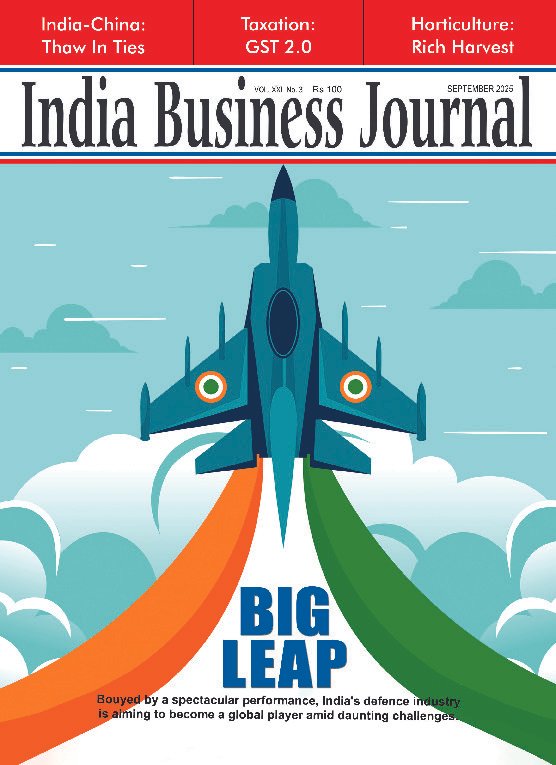
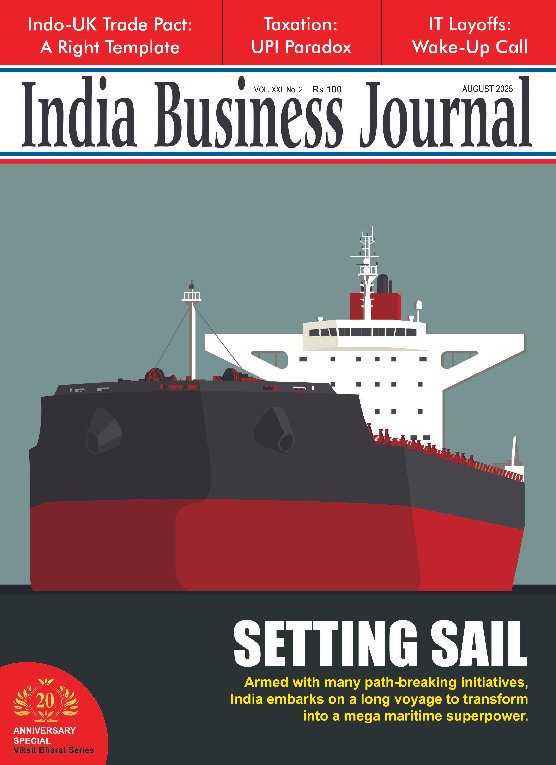








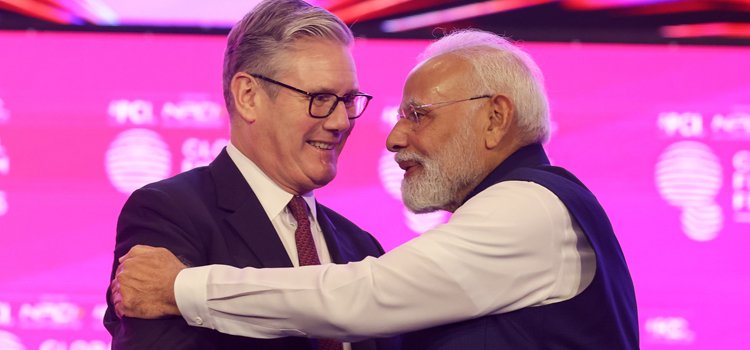
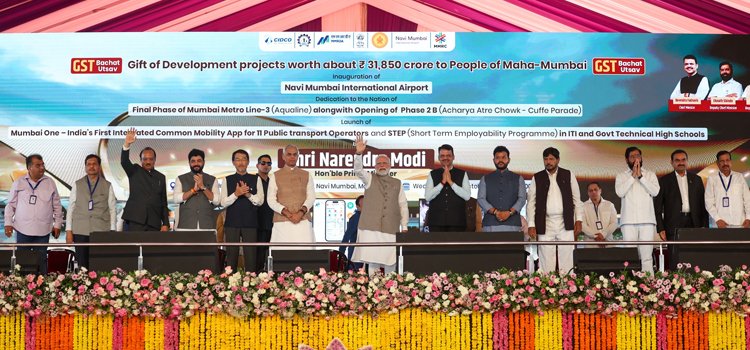

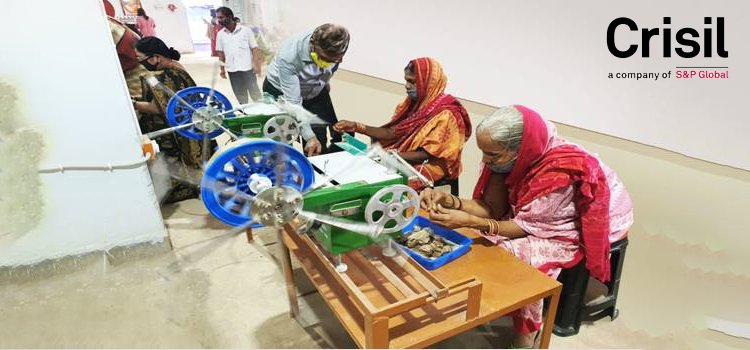
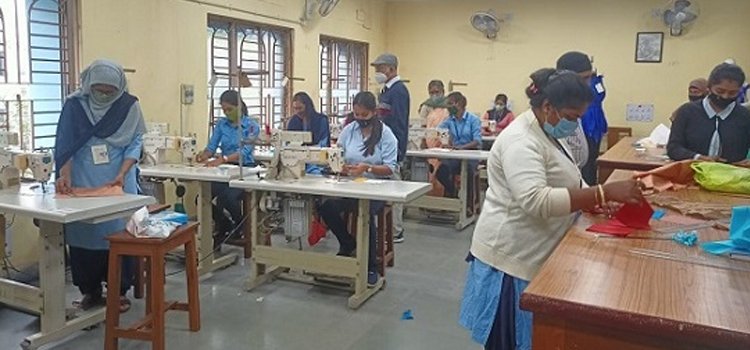
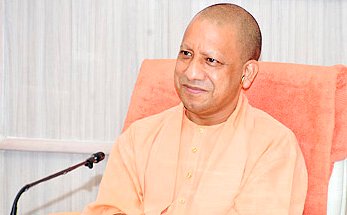
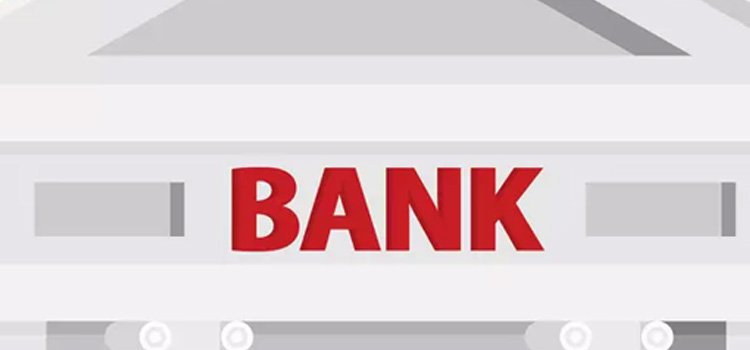



Report By
View Reporter News